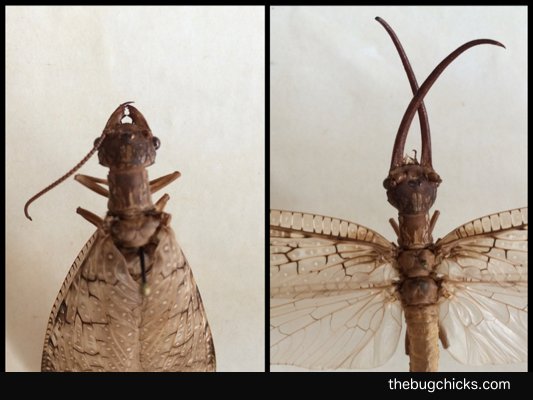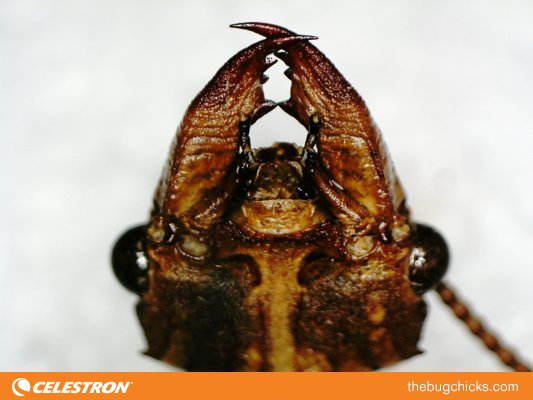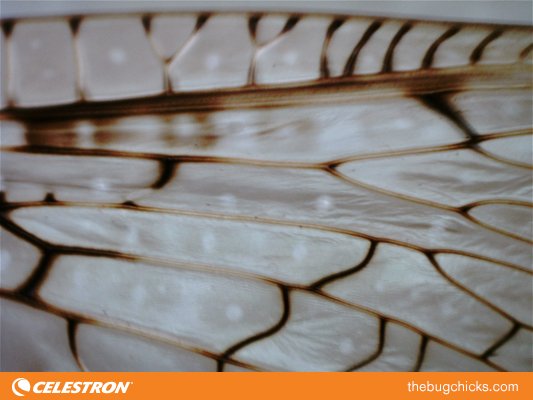Sexual Dimorphism: how males and females look different
I promised you dobsonflies! I think these megalopterans are one of the best examples of sexual dimorphism, where males and females have different body forms. These large insects start their lives as larvae in streams. Back east we call them hellgrammites or 'toe-biters' (though some people reserve that name for giant water bugs.) Once they pupate the adults have long wings and awkward fliers. But they are pretty spectacular looking insects.
In dobsonflies, the adult males have elongate mandibles. They use them to battle each other for mating rights like the stag beetles in last week's post.
Females will choose the males with the longest mandibles that can still fly well. No point passing on genes that may inhibit movement when escaping from predators or finding new territory!
Those long mandibles on the male can be intimidating for people. But they are so long they lack leverage to give a proper bite. It's the females that can inflict a painful bite. Shorter mandibles = more leverage. I have been nipped by a female and it was...educational, if unpleasant.
While I had the dobsonflies out I wanted to put their wings under the scope. They are very intricately veined and pigmented. I like the white dots. However, they are difficult to photograph well because the wings have lots of peaks and valleys, highs and lows. This makes the focus stacking difficult.
I think I will bring these specimens down to the National Science Teacher's Association annual conference workshops I'll be teaching at the end of March. Will you be there? What other insects display sexual dimorphism?



